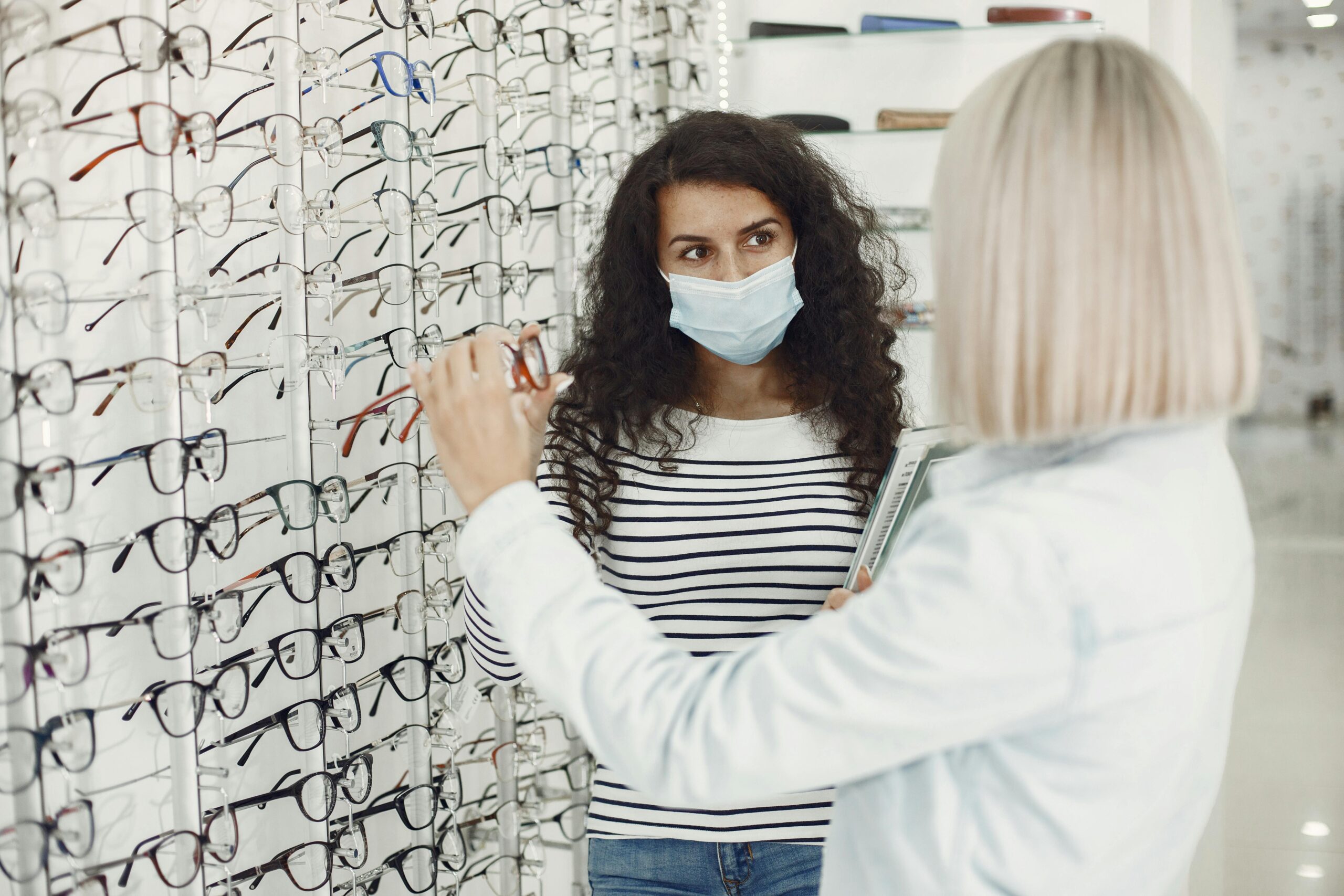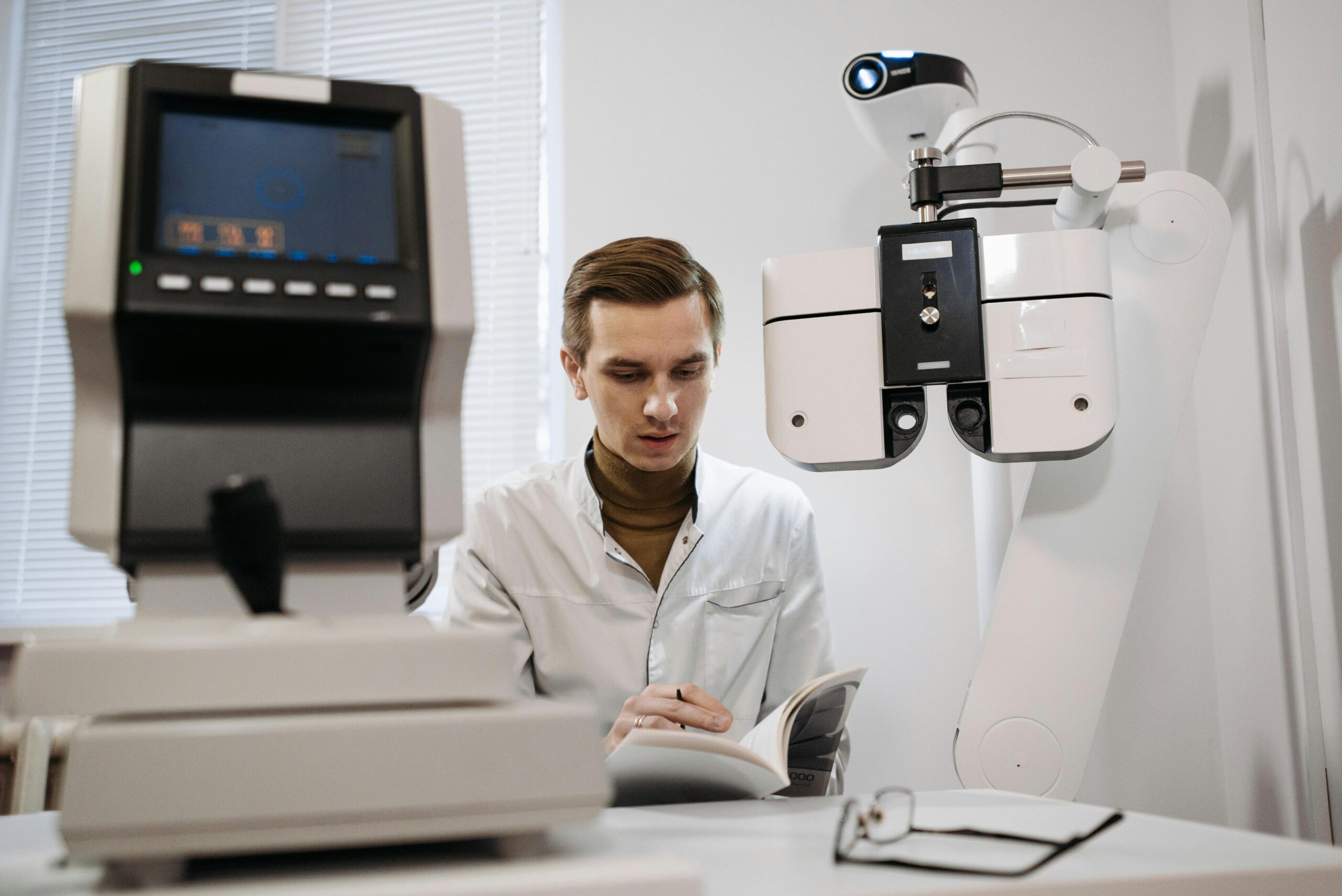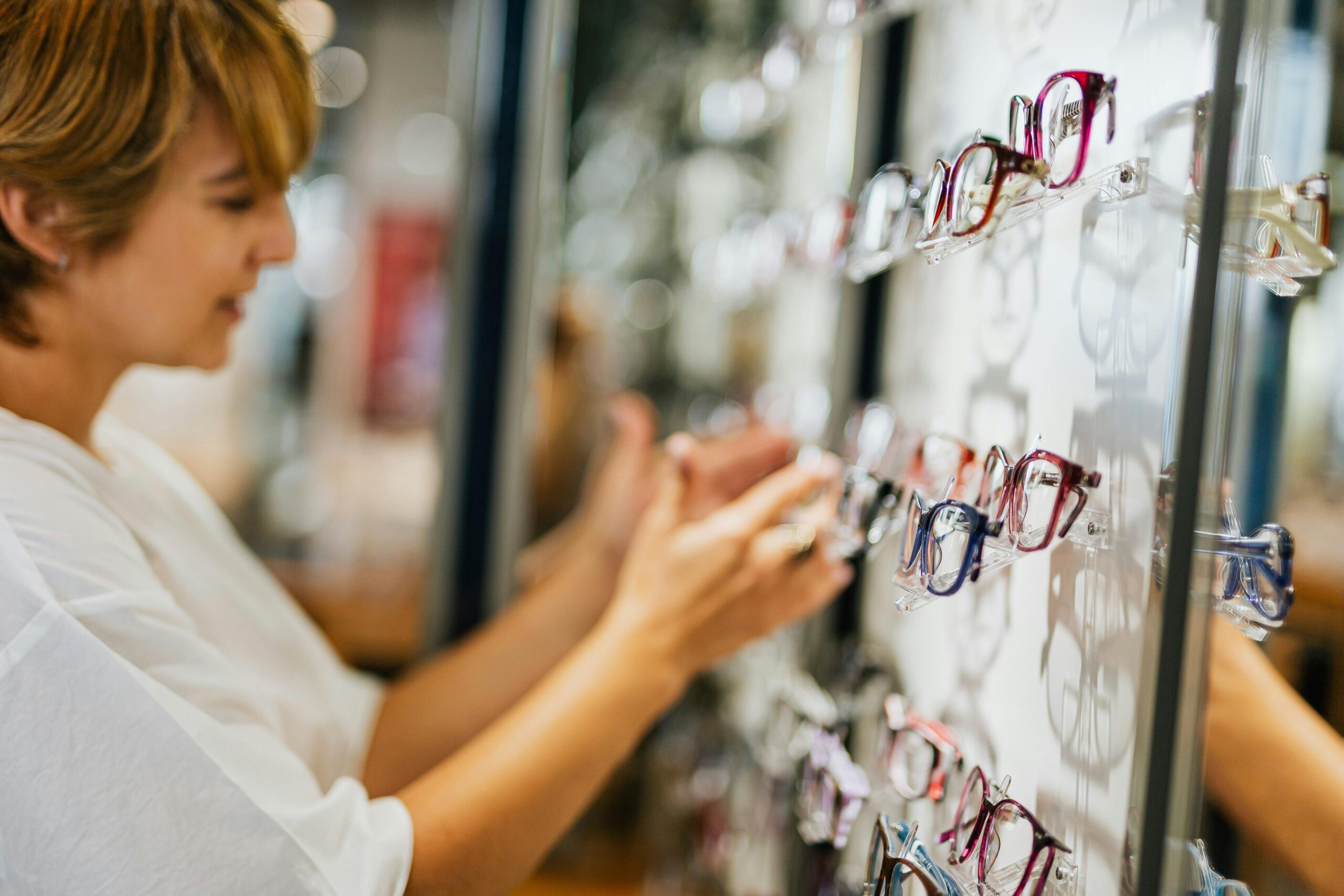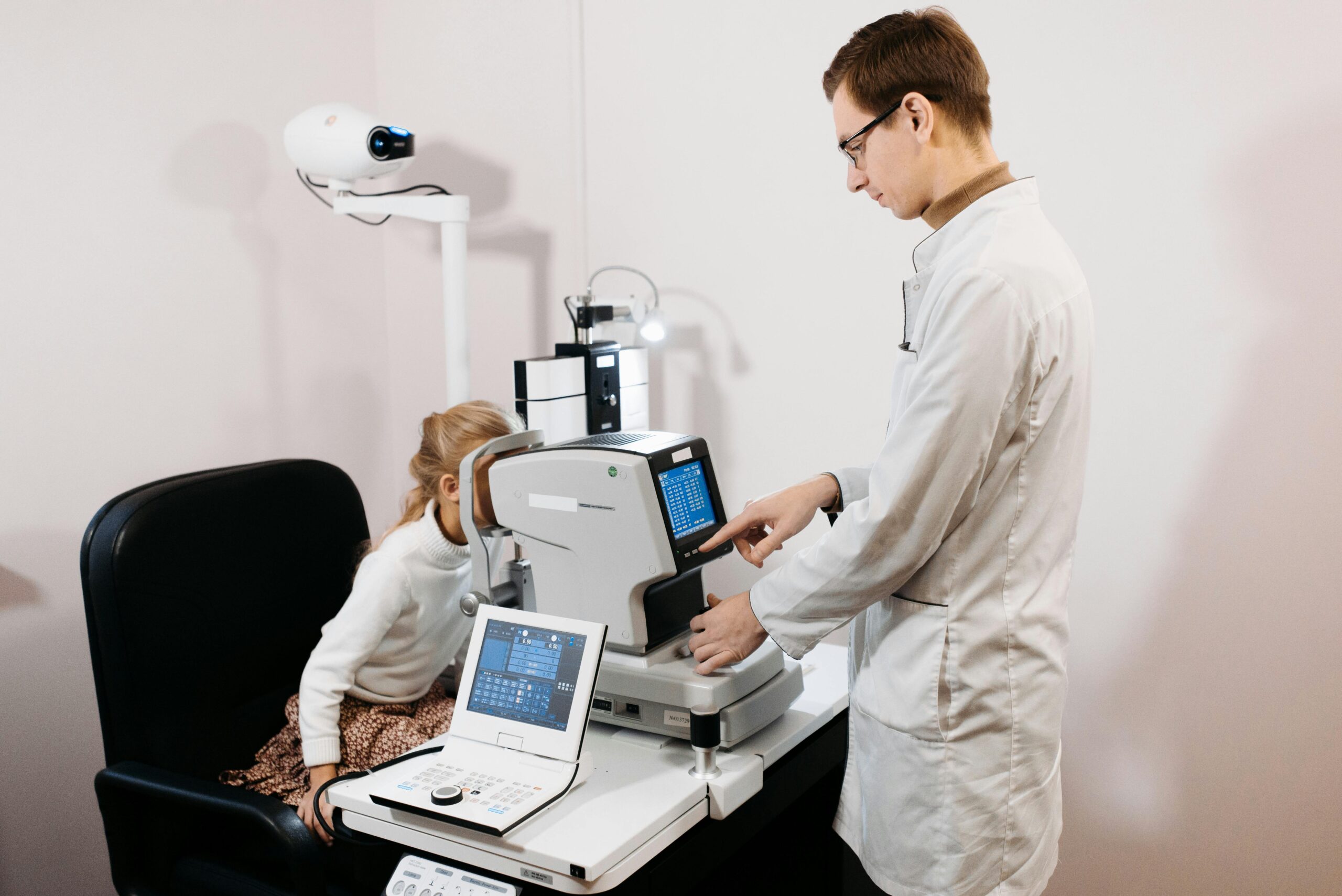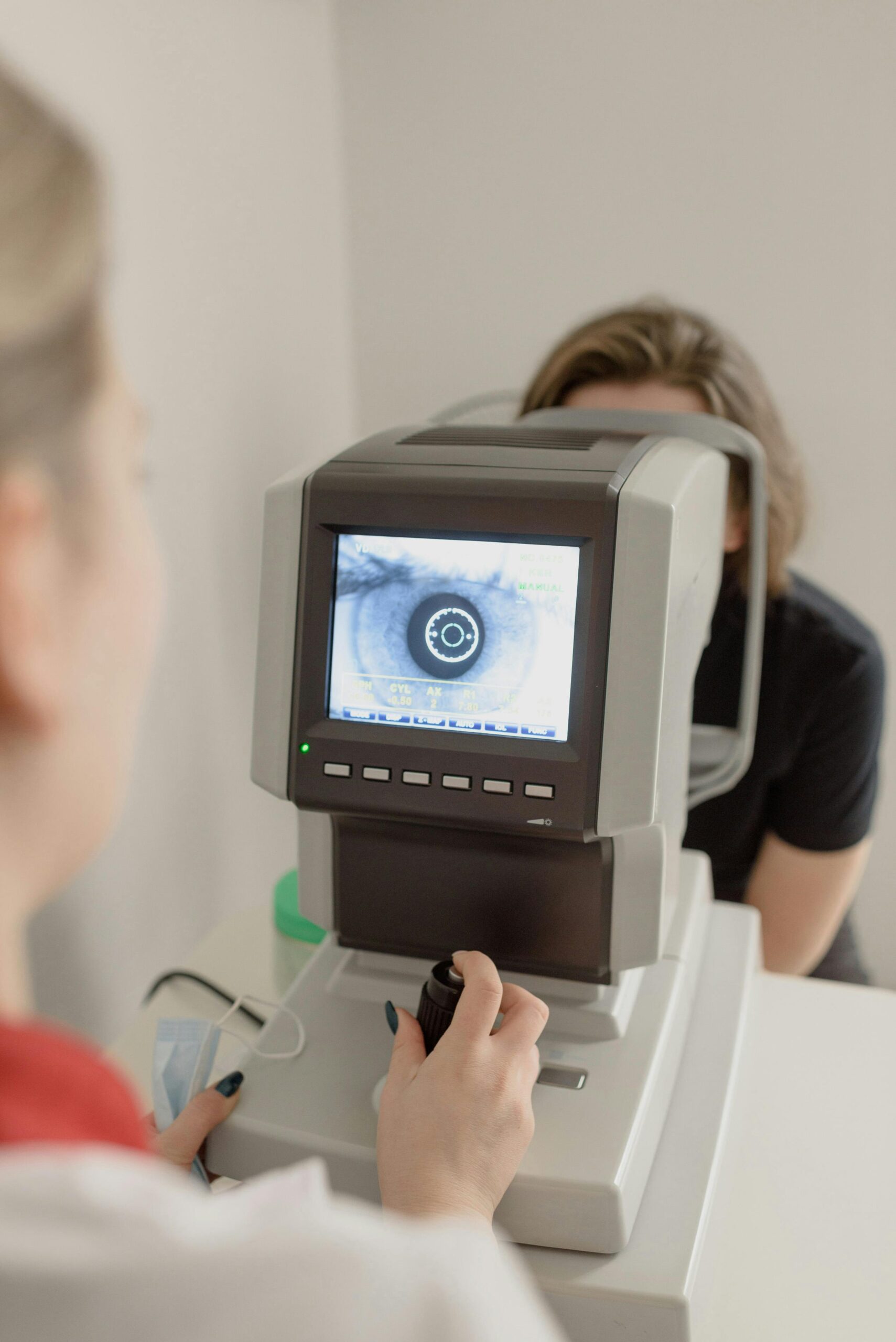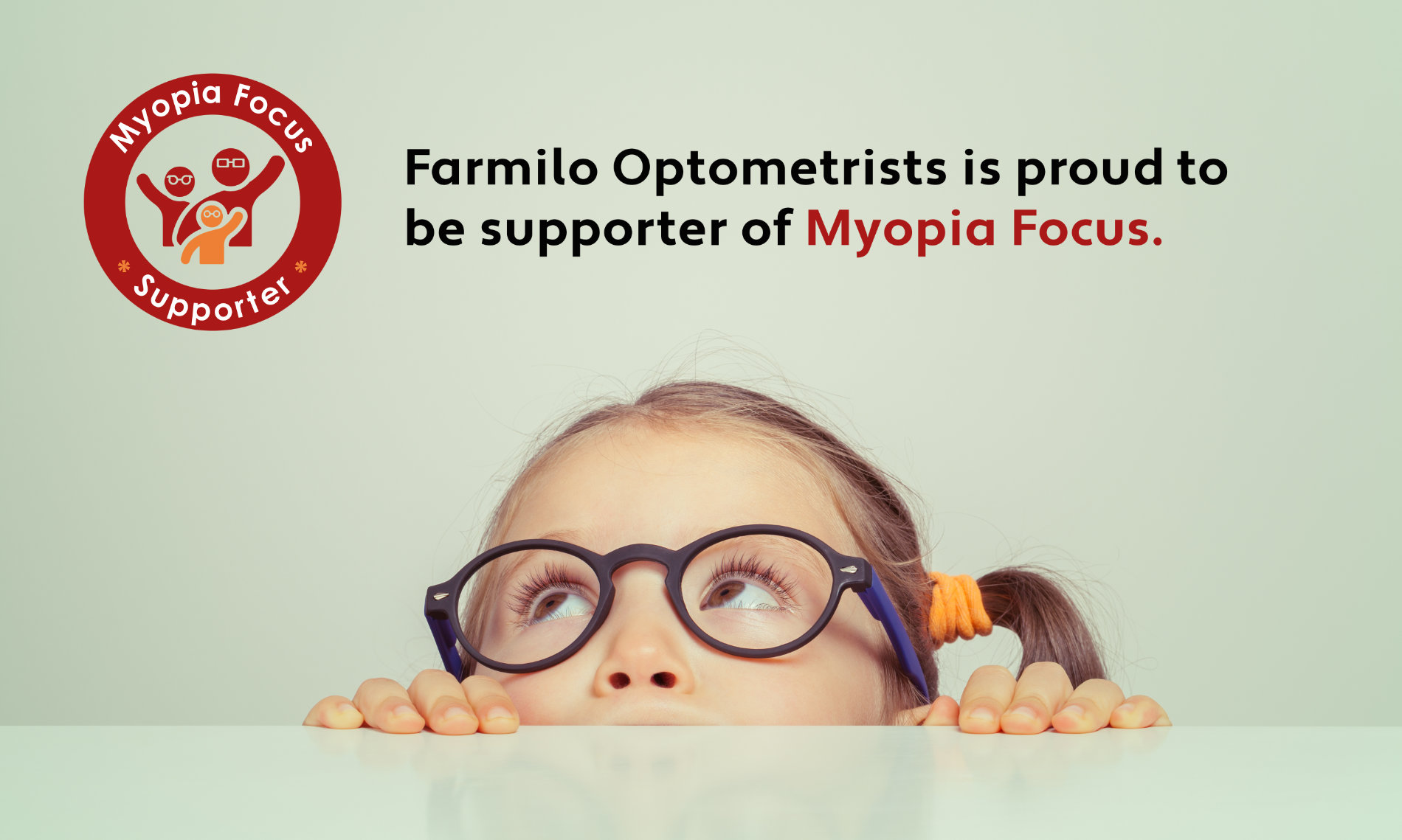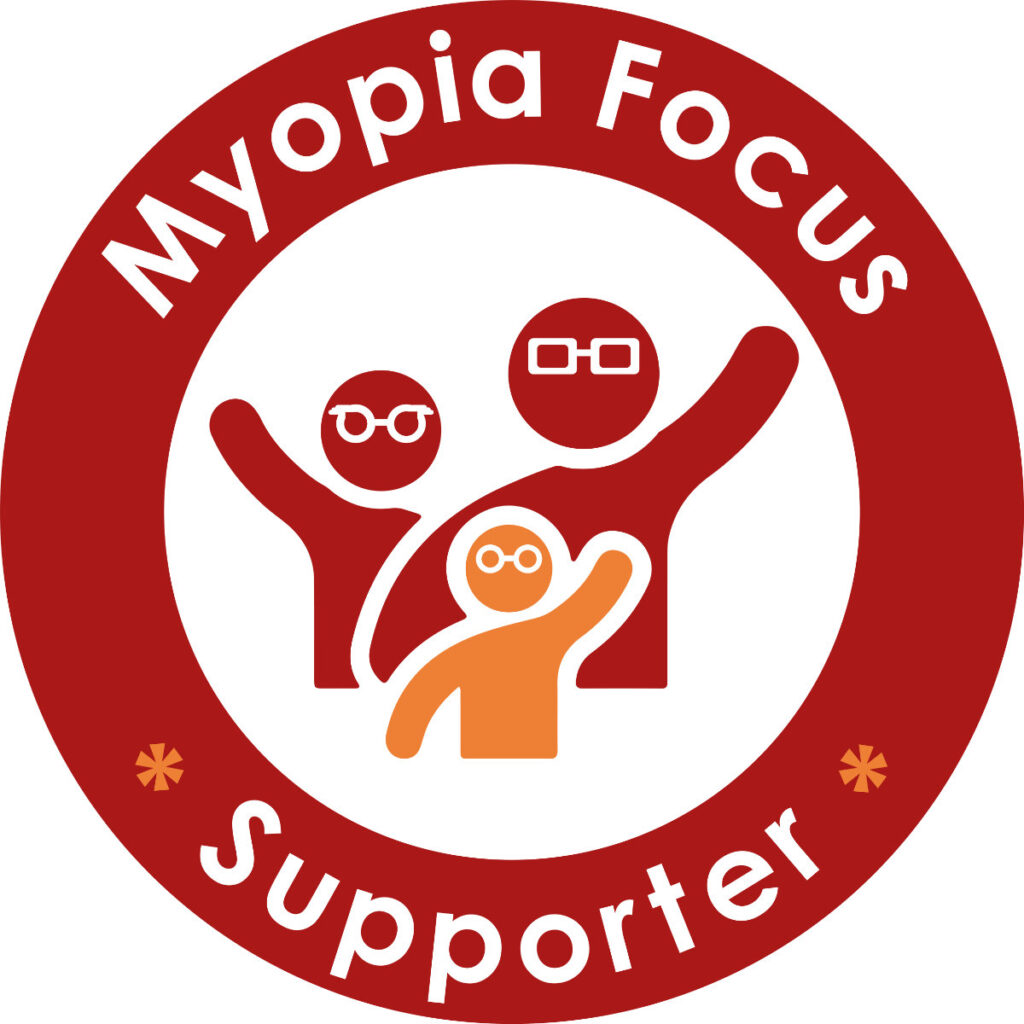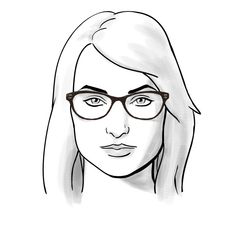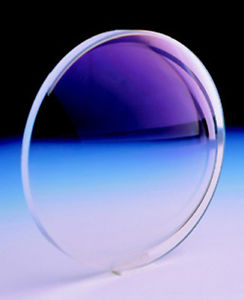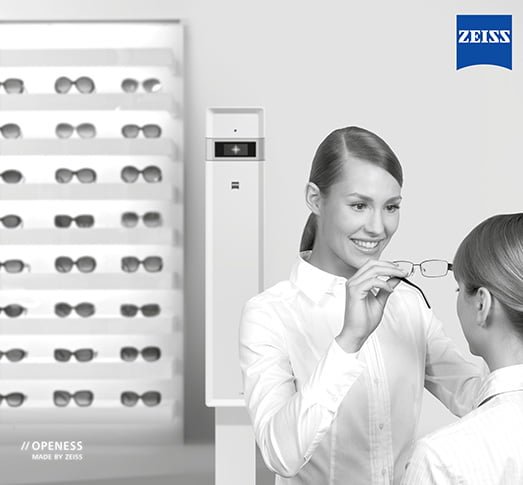Navigating Your Eye Test Results
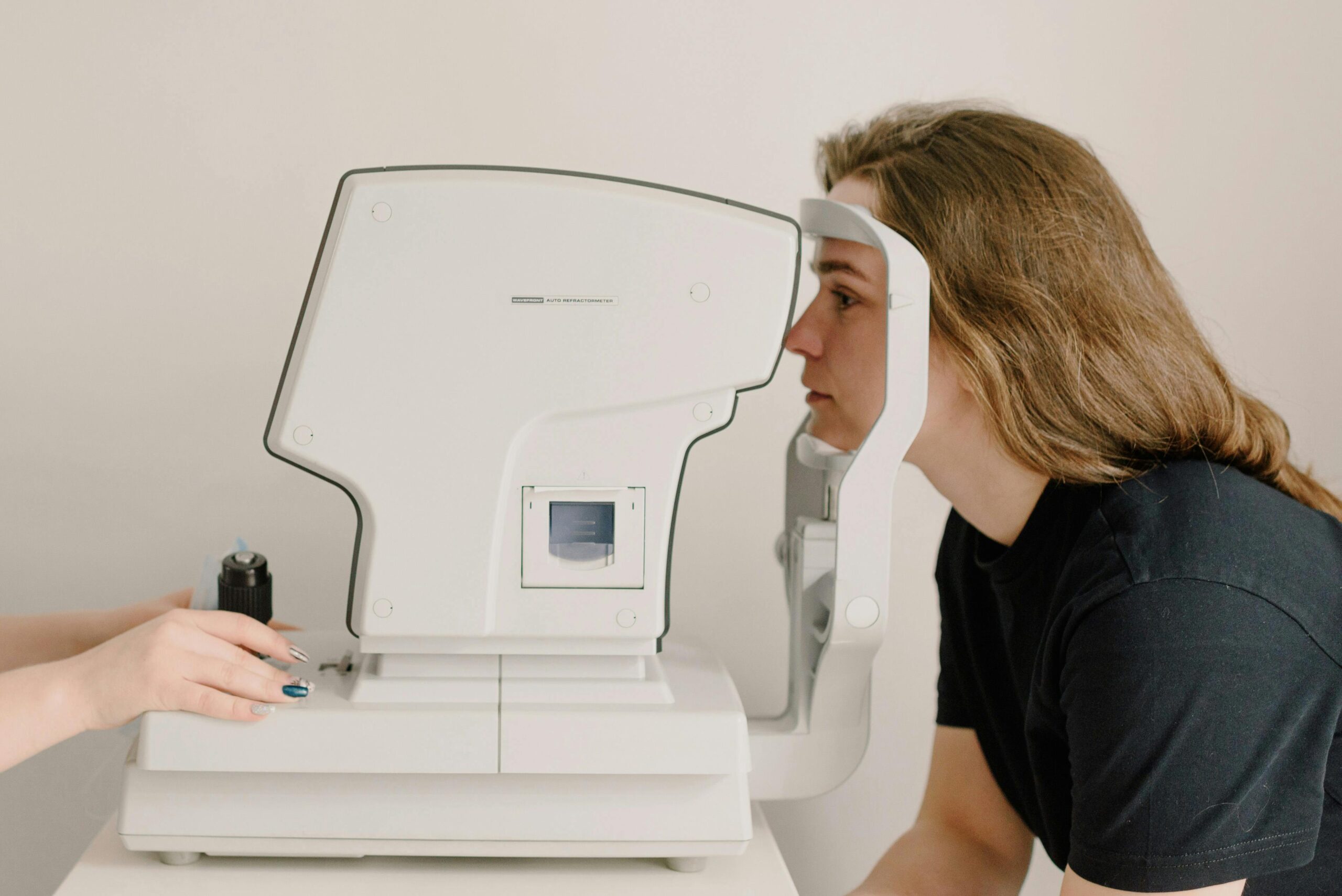
For many individuals, an eye test is a routine part of health maintenance, but once the exam is over, understanding the results can become confusing. This guide aims to unravel the mystery behind those numbers so you can be fully informed about your visual health.
The Fundamentals of Eye Test Results
Eye test results include various measurements and assessments, but there are a few key elements that are particularly important for understanding your vision – namely, visual acuity, prescription details, and eye health indicators.
Decoding Visual Acuity Scores
Visual acuity is commonly measured using the Snellen chart in the UK. A score of 6/6 is considered a benchmark for standard vision; this means you can see at 6 meters what should normally be seen at that distance. A score different than 6/6 indicates how your vision compares: a lower second number is better, and a higher one means your vision might need correction.
Prescription Abbreviations Simplified: Sph, Cyl, and Axis
If corrective lenses are needed, the prescription is your key to clearer vision. The ‘Sph’ reflects whether you are nearsighted or farsighted, with a minus for myopia and a plus for hyperopia. ‘Cyl’ and ‘Axis’ values address astigmatism, quantifying its magnitude and its orientation in your eye. Understanding these elements can help you comprehend the nature of your vision correction needs.
Beyond Visual Acuity: Eye Health Markers
An eye test also scrutinises your eyes’ health. The optometrist may look at the pressure inside your eye, the condition of your retinas, and signs of age-related conditions. This comprehensive check goes beyond just how well you see – it’s about ensuring your eyes are healthy overall.
Next Steps After Your Eye Exam
Armed with your test results, you can discuss the best options for your vision correction with your optometrist. This might be glasses, contact lenses, or further recommendations for supporting your eye health based on the findings during the examination.
Your eye test results contain essential information about your visual acuity and overall eye health. Knowing how to interpret these results empowers you to make informed decisions about any corrective measures or treatments. It’s critical to have regular eye exams to detect any changes early on and keep your vision at its best.


